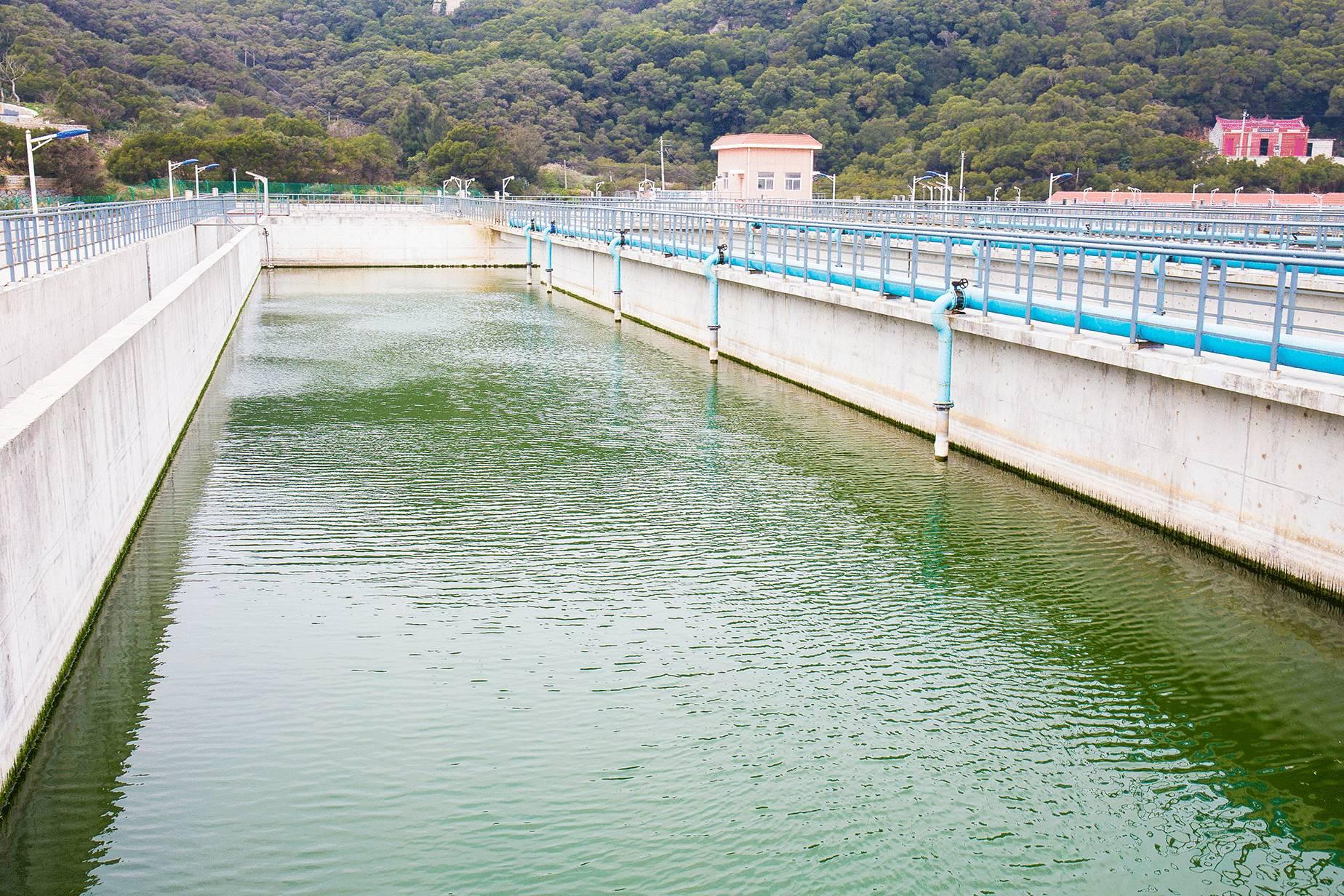 Drying Technology
Drying Technology
Keywords: sludgedryerfactory、sludgedryingequipment
The treatment capacity of urban sewage treatment plants nationwide is 177 million cubic meters per day, and the total sewage treatment capacity is 53.2 billion cubic meters. According to prospective estimates, the dry sludge generated by them is about 12.32 million tons, and the dry sludge disposal capacity is about 11.82 million tons. Due to the complex composition of the sludge, it contains a variety of toxic and harmful substances, which has a great potential to pollute the soil and groundwater.  Therefore, the state attaches great importance to the treatment of sludge. The National Development and Reform Commission and the Ministry of Housing and Urban Rural Development jointly issued the Implementation Plan for Improving the Strengths and Weaknesses of Urban Domestic Sewage Treatment Facilities in 2020, which also clearly proposes to promote the harmless and resourceful treatment and disposal of sludge. At present, unreasonable disposal such as landfill is easy to cause secondary pollution, which causes waste of resources and increases the cost of treatment. According to the actual experience at home and abroad, incineration after sludge drying is the best way to treat sludge.
Therefore, the state attaches great importance to the treatment of sludge. The National Development and Reform Commission and the Ministry of Housing and Urban Rural Development jointly issued the Implementation Plan for Improving the Strengths and Weaknesses of Urban Domestic Sewage Treatment Facilities in 2020, which also clearly proposes to promote the harmless and resourceful treatment and disposal of sludge. At present, unreasonable disposal such as landfill is easy to cause secondary pollution, which causes waste of resources and increases the cost of treatment. According to the actual experience at home and abroad, incineration after sludge drying is the best way to treat sludge.
Sludge is the sediment produced by different separation methods to remove solid substances in the solution during the treatment of industrial wastewater and urban sewage in the sewage treatment plant. According to different sources, sludge can be divided into industrial sludge, water supply sludge and domestic sewage sludge. Among them, industrial sludge refers to printing and dyeing plants, tanning plants
A large amount of sludge is generated from the treated sewage of paper mills and other industrial manufacturers. Municipal sludge mainly comes from the sludge generated from water treatment of water purification plants and sewage plants. Dredging sludge mainly refers to the dredged sludge from river regulation and urban black and odorous water treatment. Oilfield sludge is mainly a by-product of oilfield sewage treatment. The characteristics of sludge are as follows: ① The water content of urban sludge is high, generally reaching 95%~99%, and even after dehydration, the water content is still 60%~80%; ② There are many organic substances in the sludge, including bacteria and parasite eggs, which are unstable in nature, prone to putrefaction, odor and epidemic disease; ③ Industrial sludge contains a lot of heavy metals, and its calorific value is low. Sludge composition is very complex, which may include all types of environmental pollutants. Unreasonable disposal will cause irreversible damage and impact on human health and the environment.